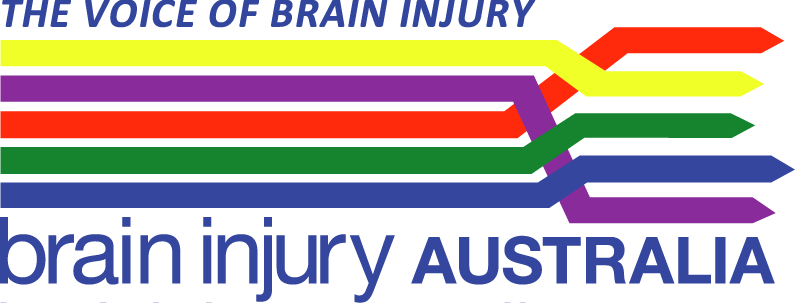- TOOLS FOR WORK
- Introduction
- T1 A person may have an ABI
- T2 Conversation tips
- T3 Looking for indicators of ABI
- T4 Strategies for
cognitive changes - T5 Case managers issues checklist
- T6 Sources of information
- T7 Individual program plan
- T8A Tips for
setting goals - T8B SMAARTER Goals
- T9 Managing and supervising staff
- T10 The disillusionment process
- T11 Preventing stress
- T12 Working with Families: Principles
- T13 Support workers:
WHS & Participant Risk - T14 Professional boundaries
- T15 Principles & Standards
- T16 Essential thriving guide
Tools for work
Tools for works includes practical tools and suggestions for common situations.
The tools and strategies can be used by anyone working with people with ABI. Some suggestions for their use are below.
Some of the Tools (and Handouts and Worksheets ) are available in Working with people with ABI: Training materials Handouts, Worksheets & Tools![]() .
.
Tools for work includes practical tools and suggestions for common situations.
The tools and strategies can be used by anyone working with people with ABI. The following provides some suggestions for their use:
a) Information and referral workers
Two common situations information and referral workers and others need to address are:
a) If you don't know the person has an ABI what should you be alert to that may indicate an ABI
b) If you do know the person has an ABI and there are communication difficulties - what are some conversation tips.
For practical tips see for example:
TOOL 1 - Open to the possibility a person has an ABI
TOOL 2 - Conversation tips
b) Support workers
Two common situations for support workers are:
a) Building rapport with people with ABI and
b) Dealing with behaviours arising from cognitive impairments.
For practical tips see for example:
TOOL 2 : Conversation tips
TOOL 4: Strategies for dealing with specific cognitive changes
TOOL 13: WHS & Participant Risk
TOOL 14 Professional boundaries
c) Program staff
Program staff can have three common situations:
a) If you don't know the person has an ABI what should you be alert to that may indicate an ABI
b) If you do know the person has an ABI and there are communication difficulties - what are some conversation tips?
c) If you know the person has an ABI what do you need to know to help understand the person and their needs?
For practical tips see for example:
TOOL 1 : Open to the possibility a person has an ABI
TOOL 2 : Conversation tips
TOOL 3 : Looking for indicators of ABI
d) Case managers
There are different models of case management.
ADHC has a particular model of case management.
It is important for case managers to understand their own model and other's models of case management.
When case managers are working with people with ABI it is useful in setting goals and developing individual program plans to be aware of:
- the range of issues that may need to be considered in setting goals and developing plans
- the sources of information that are available that may help set goals and develop plans
- the elements of an individual program plan
- tips for setting goals for people with ABI
See for example:
TOOL 5: Case manager's issues checklist
TOOL 6: Sources of information to assess needs
TOOL 7: Individual program plan
TOOL 8A: Tips for setting goals
TOOL 8B: SMAARTER Goals
e) Managers
Managers managing staff who work with people with an ABI need to manage well.
Where the staff are working with people with ABI two interconnected issues that managers need to be particularly aware of are:
- The disillusionment process
- Preventing stress
as these are common issues for support staff working with people with ABI
See for example:
TOOL 8A: Tips for setting goals
TOOL 8B: SMAARTER Goals
TOOL 9: Managing and supervising staff
TOOL 10: The Disillusionment process
TOOL 11: Preventing stress
TOOL 13: WHS & Participant Risk
TOOL 14 Professional boundaries

